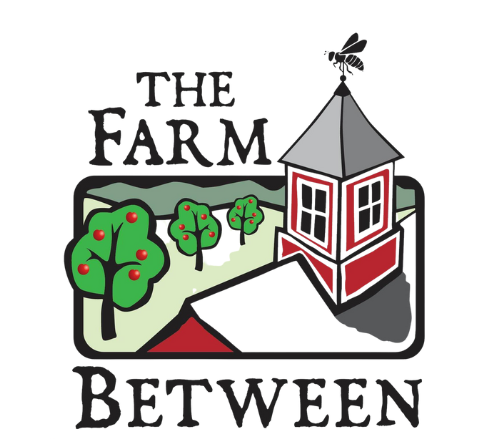Pear Tree Planting & Care
European pears are cold-hardy and relatively easy to grow once established. They suffer fewer pests and diseases than apples; however, they tend to take longer to bear fruit. It may be a decade or more before pear trees begin reliably producing a crop, but it is well worth the wait, and in the meantime they make an attractive yard tree!
Size, Spacing, and Bearing Age: Pears will grow to about 12-15 feet on dwarf rootstock, 15-20 feet on semi-dwarf rootstock, and 20-25 feet on standard rootstock. They tend to grow upright, so can be spaced as close as the low end of the ranges listed above, and no further than 100 feet. They may begin bearing as early as 3-5 years on dwarf rootstock, or 8-10 years on standard rootstock. Early-ripening pears can be enjoyed right off the tree or kept at room temperature for up to a week, and late-ripening pears are harvested while still hard and kept in cool storage, then ripened at room temperature for 5-7 days.
Pollination: Though some pear trees are partially self-fertile, most require a second variety for pollination. Pear blossoms are not particularly attractive to insects, so be sure to plant them near one another for increased pollination.
Soil & Site Selection: Pear trees prefer full sun (6-8 hours) and fertile, well-drained soil with a pH of 6.0-6.8, but can tolerate a wider range of soils than most fruit trees. Don’t worry if you don’t have the perfect conditions, as most soils can be amended, but do avoid poorly drained areas. Because they require regular watering throughout the first growing season, make sure to site them where you have easy access.
Planting: See Planting Guide and Bare Root Planting for instructions.
Pruning: Other than removing dead, damaged, or diseased branches you will want to avoid pruning your tree until it begins bearing. Pear trees tend to grow upright, so annual pruning involves removing vertical growth, thinning excess leaders and any branches growing at a steep angle, and encouraging outward growth that can bear a heavy fruit load without breaking.
Pests & Diseases: The pests that can do the most damage to young pear trees are deer and voles. Keeping weeds and mulch away from the trunk will help discourage rodents. A 5-6’ wire cage around each tree will discourage deer, and hardware cloth or a plastic tree guard will prevent voles from girdling the trees.
Fire blight is the most likely disease to affect young pear trees. It is evident by wilting at the ends of branches in the shape of a shepherd's crook, followed by leaves turning brown and eventual blackening of the branches. If spotted, remove immediately at least 12 inches below sign of infection, burn the infected branches, and sanitize pruners with rubbing alcohol or bleach solution. Avoid over-fertilizing and over-pruning young trees, as that can cause excess growth which is susceptible to infection. Sunscald or Southwest injury occurs in the winter when warm daytime temperatures are followed by freezing temperatures, causing the bark to split. It can be prevented by using a white plastic tree guard during the winter months, but be sure to remove it during the growing season as it can cause moisture to build up on the trunk.
